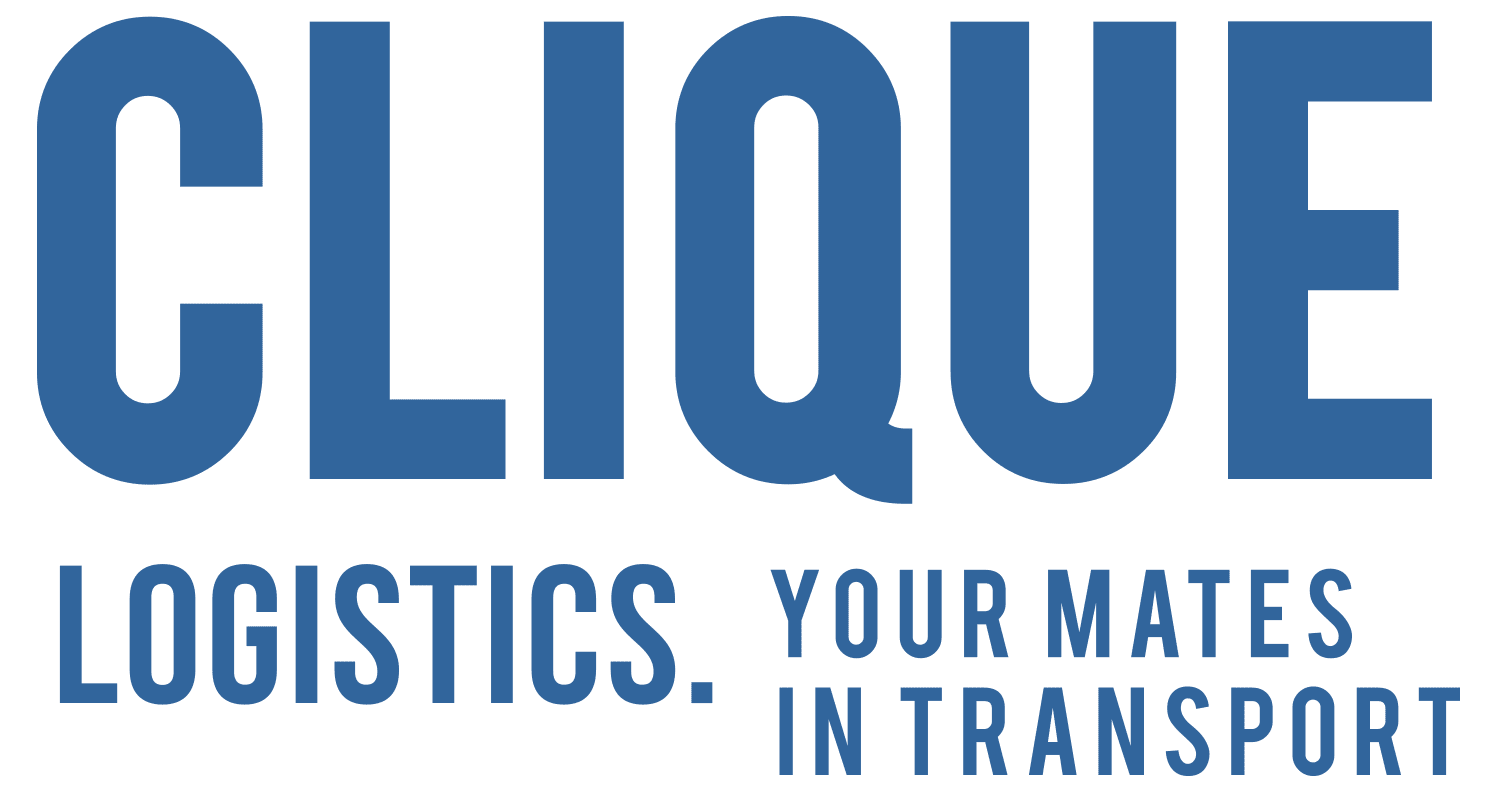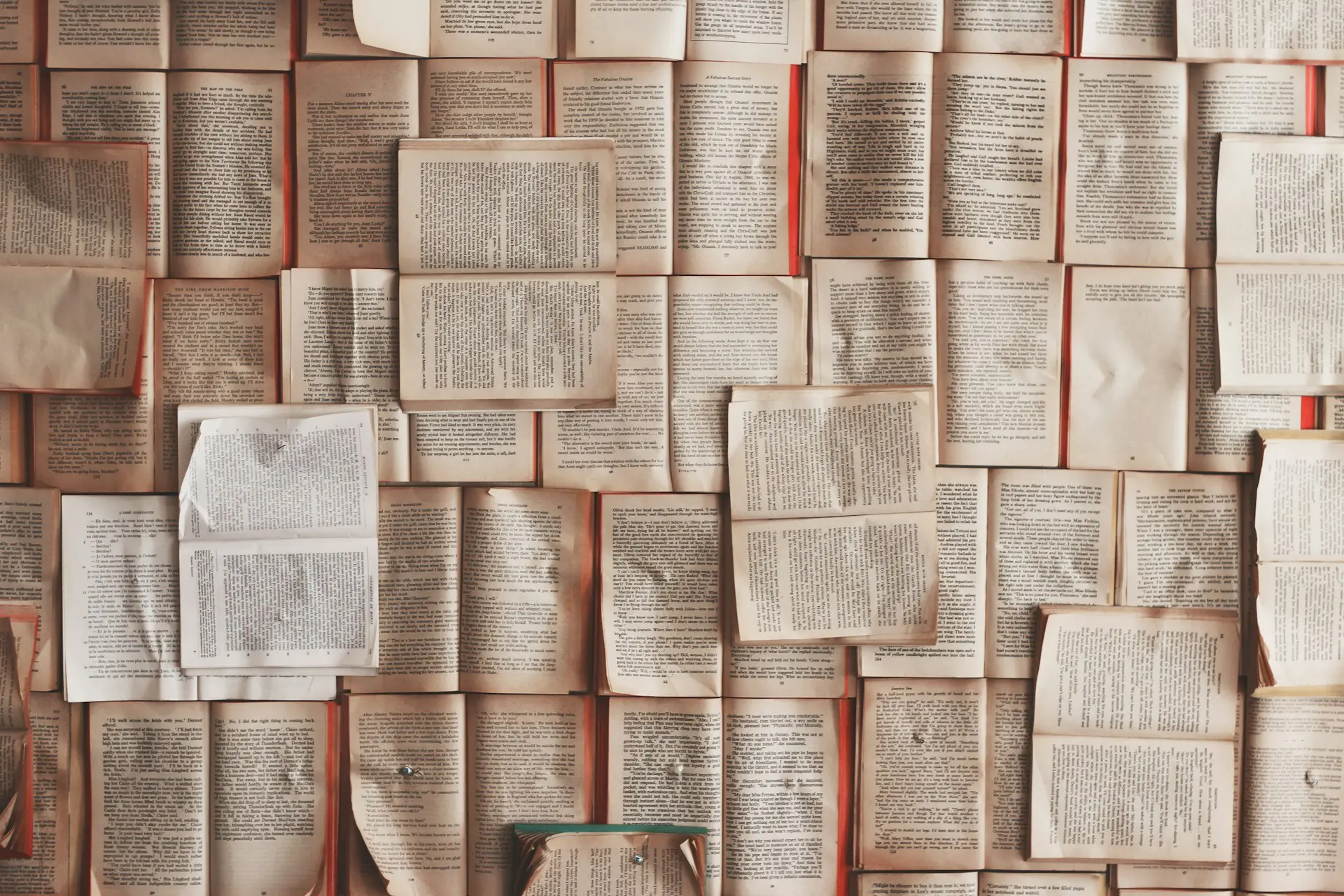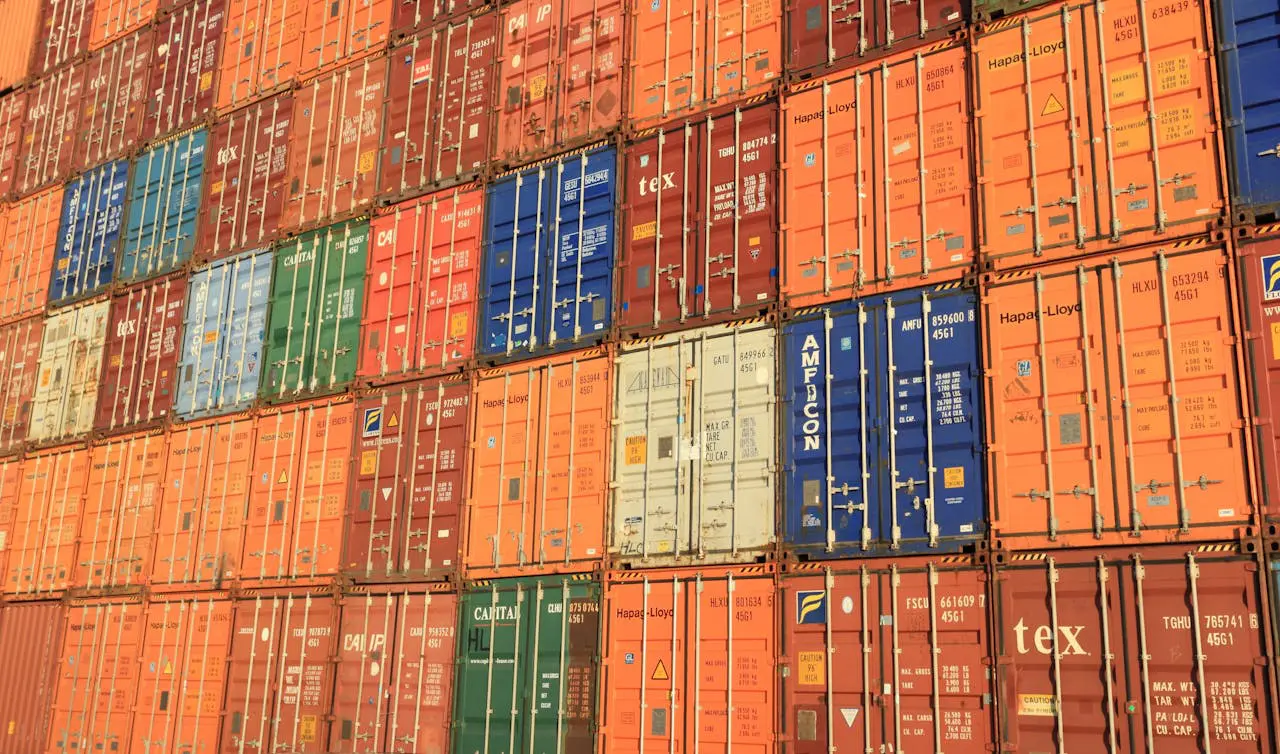The Australian transport industry is the backbone of our economy, moving goods, people, and resources across vast distances. But as we look ahead to 2025, the road isn’t without its bumps. From the rise of technology to environmental pressures and shifting consumer expectations, there’s plenty to navigate. Let’s take a conversational look at the challenges we’re set to face.
1. Adapting to Sustainability Goals
Climate change is no longer just a talking point—it’s a pressing reality. With Australia committing to net-zero emissions by 2050, the transport industry is under growing pressure to reduce its carbon footprint. In 2025, we’re likely to see stricter regulations around emissions, encouraging the adoption of electric and alternative fuel vehicles.
But let’s be honest: transitioning a fleet is no small feat. The high costs of new technologies and a still-developing infrastructure for electric vehicles (EVs) in regional areas pose significant hurdles. Companies will need to find a balance between complying with environmental policies and maintaining affordability for their customers.
2. Labour Shortages
The driver shortage has been a long-standing issue, and it’s not going away anytime soon. In fact, as the demand for freight services grows, the gap between the need for skilled workers and the number of people entering the industry is expected to widen.
In 2025, attracting and retaining drivers will remain a top priority for transport companies. Offering better pay, improving working conditions, and creating pathways for younger workers to join the industry will be essential. But with a competitive labour market, these solutions won’t come without challenges.
3. Rising Fuel Costs
Fuel prices are always a hot topic in the transport industry, and they’re likely to remain a challenge in 2025. Geopolitical tensions, fluctuating global oil prices, and increased taxes on fossil fuels to drive environmental reforms could all contribute to higher costs.
For many operators, this means finding ways to optimise routes, improve fuel efficiency, and explore alternative energy sources. However, the transition to greener fuels—whether it’s biodiesel, hydrogen, or electricity—will require significant investment, which not all companies can afford.
4. Technological Disruption
The rapid pace of technological advancements is reshaping the transport landscape. From autonomous vehicles to AI-driven logistics platforms, the industry is moving towards a smarter, more connected future. But let’s face it: adopting new tech isn’t always smooth sailing.
In 2025, smaller operators may struggle to keep up with the capital and expertise required to implement cutting-edge solutions. There’s also the question of cybersecurity, as increased digitalisation opens the door to potential cyberattacks. Companies will need to invest not just in technology but in robust security measures to protect their operations.
5. Urbanisation and Infrastructure Challenges
Australia’s cities are growing, and with that comes increased congestion and pressure on ageing infrastructure. For the transport industry, this means longer travel times, higher fuel consumption, and greater wear and tear on vehicles.
In 2025, urban freight management will be a key focus, with innovations like last-mile delivery hubs and smarter traffic management systems gaining traction. However, these solutions will require collaboration between governments, transport operators, and urban planners—something that’s often easier said than done.
6. Consumer Expectations
The rise of e-commerce has transformed how Australians shop, with same-day and next-day delivery now the norm. While this presents opportunities for growth, it also creates challenges for the transport industry.
In 2025, meeting consumer demands for speed and reliability while keeping costs and environmental impacts low will require creative thinking. Companies may turn to automation, such as drone deliveries or robotic warehouses, but these innovations will need to be scaled up and integrated seamlessly to be effective.
7. Regulatory Pressures
Regulation is a double-edged sword—it ensures safety and fairness but can also add complexity to operations. In 2025, transport companies will need to navigate a maze of compliance requirements, from workplace safety laws to environmental standards and road access restrictions.
Staying on top of these regulations will demand time, money, and expertise. For smaller businesses, this could be particularly burdensome, underscoring the need for streamlined processes and better access to resources.
8. Global Supply Chain Disruptions
If there’s one thing the last few years have taught us, it’s that global supply chains are far from invincible. In 2025, factors like geopolitical instability, climate change, and shifting trade relationships could continue to disrupt the flow of goods into and out of Australia.
Transport operators will need to build more resilient supply chains, with strategies like diversifying suppliers, investing in local manufacturing, and improving real-time tracking and communication systems.
Finding the Way Forward
So, how can the Australian transport industry tackle these challenges? It’ll take a mix of innovation, collaboration, and adaptability. Businesses will need to embrace change, from adopting greener technologies to rethinking how they attract talent. Governments, too, have a role to play in supporting the industry, whether through infrastructure investments or policies that foster innovation.
At the end of the day, the challenges of 2025 are opportunities in disguise. By addressing them head-on, the transport industry can not only survive but thrive in the years to come.





